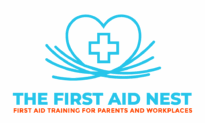Wildlife Encounters: First Aid for Dealing with Animal Bites and Injuries
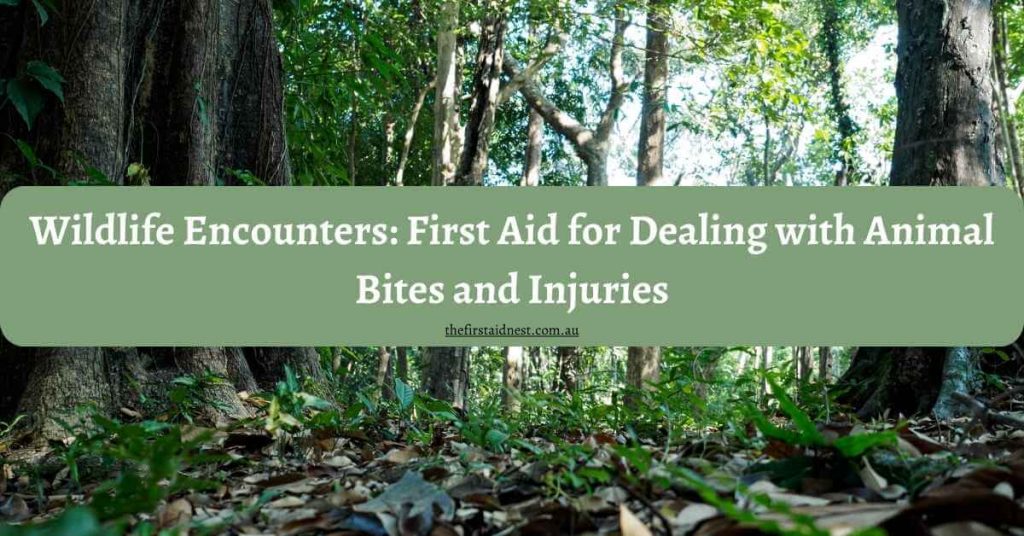
Encountering wildlife can be a thrilling experience, but it also carries risks, particularly when it comes to animal bites and injuries. Whether you’re an experienced hiker, a nature lover, or simply enjoy spending time outside, knowing how to deal with such situations is important for your safety and the well-being of wildlife animals.
In this blog, we’ll look at the importance of remaining calm in the face of wildlife, as well as essential first aid techniques for dealing with animal bites and scratches.
Let us arm ourselves with the knowledge and skills needed to enjoy our outdoor adventures responsibly and safely.
Maintaining Composure During Wildlife Encounters
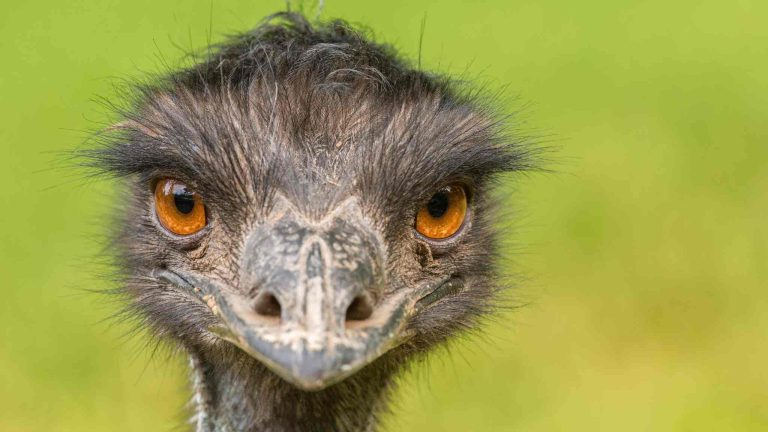
Whenever you encounter wildlife while on an outdoor adventure, take a moment to breathe deeply and enjoy the experience. Avoid panicking or startling the animals. Instead, keep an eye on their actions while keeping them undisturbed so they can go about their daily lives.
Maintaining composure during wildlife encounters is essential for fostering safe and harmonious interactions with wildlife. By respecting the animals’ space, observing from a distance, and embracing a patient and respectful attitude, we can experience the wonder of wildlife while safeguarding their well-being and habitat.
Remember, wildlife encounters are a privilege that comes with the responsibility of being conscientious towards the environment. As we immerse ourselves in nature, let’s cherish the opportunity to coexist peacefully with the remarkable creatures that call it home.
Identifying Common Wildlife Bite Injuries
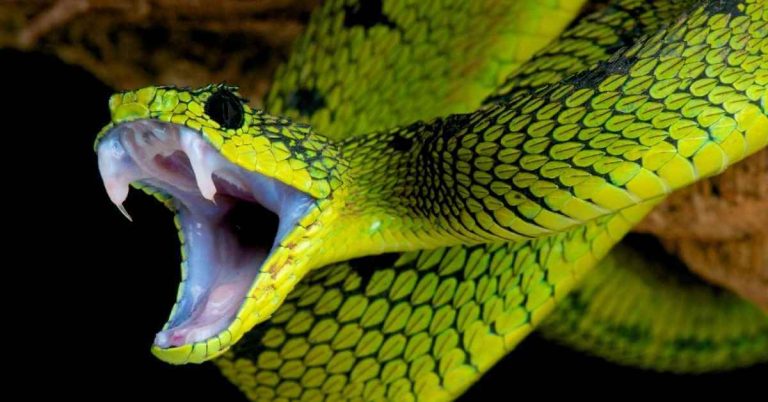
It is important to be aware of the risks of suffering injuries from a wildlife bite when enjoying the great outdoors and coming across wildlife. Even though most wildlife encounters are serene and breathtaking, there is always a slight possibility of defensive actions or unintentional interactions that could lead to bites.
Wildlife bite injuries can vary in severity, depending on the animal involved and the circumstances of the encounter. Common bite injuries may include puncture wounds, lacerations, and abrasions. Identifying these injuries promptly is crucial for providing appropriate care.
Animal Bites and Its Risks
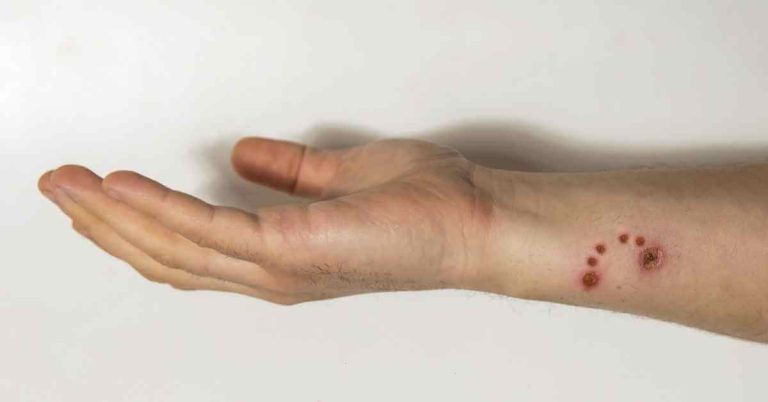
Wildlife animal bites can be concerning. Understanding the risks, practicing basic first aid, and seeking medical attention when necessary are steps to ensure our well-being in the wild.
- Insect Bites and Stings:
Insects such as bees, wasps, and ants can inflict painful bites and stings. While most insect bites cause mild reactions, some people may have severe allergic reactions. Recognising the symptoms of an allergic reaction and knowing when to seek immediate medical attention are critical.
- Snake Bites:
Keep an eye out for venomous snakes, especially in certain areas. Spotting venomous snakes and knowing the signs of a snake bite can be crucial. Quick action is important if you ever find yourself in such a situation.
- Mammal Bites:
Some mammals may bite when feeling threatened or cornered. While bites from small mammals like squirrels and rodents may seem minor, they can still lead to infections if not properly treated. Understanding the importance of cleaning and dressing mammal bites is important. - Avian Bites:
When dealing with wild birds, remember that beaks can cause puncture wounds. Handling them may not be a good idea, but if you do get bitten, take care of the wound properly and immediately.
- Marine Animal Bites:
Near water bodies? Keep an eye out for marine animal bites, like those from crabs or jellyfish. Knowing how to treat these bites and stings will save you from any unwanted troubles
Basic First Aid for Animal Bites and Scratches
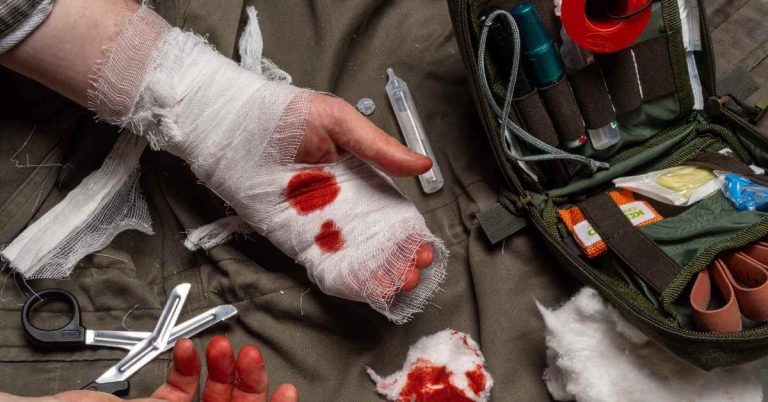
- Stay Calm and Assess the Situation
If you face an animal bite or scratch, take a deep breath, and stay cool. Check your surroundings and move away from the animal if needed. Safety first!
- Clean the Wound Thoroughly
The first step in first aid for animal bites and scratches is to clean the wound thoroughly. Gently wash the affected area with mild soap and clean running water for at least 5 minutes to remove dirt and bacteria.
- Press and Cover
If there is bleeding, use a clean cloth to apply gentle pressure to stop it. The wound should then be bandaged or dressed. And avoid sticky stuff on the wound.
- Use Antibiotic Ointment (If Available)
If you have antibiotic ointment on hand, apply a thin layer before covering up. It will aid in the prevention of infections!
- Monitor for Signs of Infection
Once you’ve given first aid, keep an eye out for any signs of infection, such as swelling, redness, or pus that gets worse or gets bigger. Get medical help right away if you experience any of these symptoms.
- Seek Medical Attention:
Getting medical help is important, regardless of how serious the bite or scratch is. Healthcare experts can examine the wound, determine the likelihood that it will become infected or spread zoonotic diseases, and suggest the best course of action.
First Aid Preparedness for Hikers and Campers
Hiking and camping are great outdoor activities that allow you to connect with nature’s beauty. It is important to be well-prepared and knowledgeable about first aid in order to deal with any unexpected challenges that may arise. With the right knowledge and equipment, you can confidently explore nature’s wonders.

Being away from immediate medical assistance calls for self-reliance. Understanding the significance of first aid empowers hikers and campers to respond effectively to injuries and emergencies.
A well-stocked first aid kit is your best companion on outdoor adventures.
Remember that being prepared protects not only you, but also your fellow adventurers. Accept the beauty of nature with assurance, knowing that you’re prepared to face any challenges that may arise. Let us immerse ourselves in nature’s wonders responsibly and with a sense of self-sufficiency.
Understanding Animal Behavior in Wildlife Encounters
Meeting wildlife in their natural habitat is a fascinating experience, but it requires a thorough understanding of animal behavior to ensure both our safety and the well-being of the creatures we meet.

- Observe – Observation is the key of understanding animal behavior.
- Recognise Warning Signs – Animals use body language, vocalizations, and gestures to communicate. To avoid dangerous situations, keep an eye out for common warning signs such as raised fur, vocal warnings, and aggressive postures.
- Understand Wildlife Cycles – Wildlife behavior varies throughout the year due to mating seasons, migration patterns, and food availability. Understanding these cycles allows us to predict animal encounters and adjust our behavior accordingly.
- The Impact of Human Presence – Our presence can influence wildlife behavior. We can reduce our impact by keeping a safe distance, avoiding sudden movements, and not feeding or touching animals.
- Interactions with Young Animals: It can be heartwarming to see young animals, but we must understand why we should observe from a distance and refrain from interfering because parent animals may be nearby.
Tips to Safely Avoid Wildlife Encounters

Stick to Designated Trails
Keep to designated trails and paths when exploring nature reserves and parks. Stay away from wandering into uncharted territory that could be home to wildlife or disturb their habitats.
Refrain from Feeding Wildlife
Feeding wildlife can lead to harmful habituation and increase the risk of aggressive behavior. Avoid offering food to animals and keep your snacks securely stored.
Respect Personal Space
Give wildlife their personal space by using binoculars or a camera with a zoom lens to observe from a safe distance.
Be Cautious During Peak Activity Times
Animals are more active at dawn and dusk. Use extra caution and think about limiting your activities during these times to prevent unexpected encounters.
Educate Yourself About Local Wildlife
Before your trip, do some research on the local wildlife to familiarize yourself with their habits and habitats and to prepare for any possible encounters.
Anyone who ventures into nature should know how to provide basic first aid for animal bites and scratches. Rapid proactive action can significantly impact the risk of infection and aid in the healing process. Always keep a safe distance away from wildlife and their habitats, and never startle or tease animals. We can enjoy our outdoor adventures while putting our safety and well-being first by adopting a sense of responsibility and preparedness. Let’s protect ourselves and the fascinating animals that enhance our wild journeys while appreciating the wonders of wildlife encounters through responsible coexistence.
First Aid Certificate
The First Aid Nest run public and workplace first aid courses, Australia wide.
Our workplace first aid courses can be run at your site.
Our public classes are here in Sydney and are the best option if you are an individual, a couple or a group of just a few people.
Our sophisticated system will take the headache out of renewal for you too. Lose your certificate? No problem, just ;log in and download your certificate again anytime. We will also send you reminders about when your certificate is about to expire!
Book your spot or workplace with us today, contact us with any questions, or head to our FAQ page.
